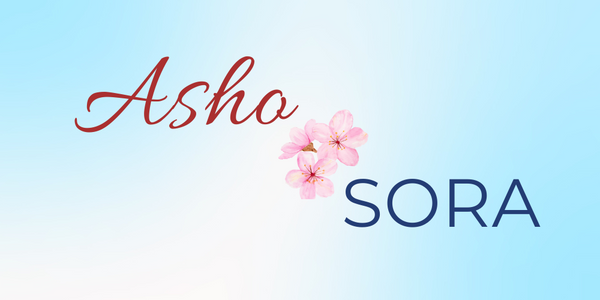
Kishu Lacquerware Finishes – Where Tradition Meets Everyday Craft
In the coastal city of Kainan in Wakayama, Kishu lacquerware has shaped daily life for more than four centuries. The craft values warmth and balance. Each piece connects the old and the new and keeps the spirit that began long ago.
The Essence of Kishu Lacquerware
Kishu lacquerware joins beauty and use. Makers design bowls, trays, and boxes for comfort in the hand and calm at the table. Each piece starts from carved wood and gains depth through layered coating and careful polish.

Urushi Lacquer: The Traditional Art
- Process: apply thin coats of natural lacquer over wood that includes cloth and clay reinforcement, then polish and repeat.
- Typical finishes: Tame nuri with a clear reddish brown depth, Negoro nuri with red over black that reveals quiet contrast through use.
- Character: warm touch, gentle lip feel, glow that grows through care.
- Care: hand wash with lukewarm water, wipe dry at once, keep away from sunlight, avoid detergent, do not use a dishwasher or a microwave.
Cashew Finish: Natural Resin Adaptation
- Reason: support daily production after the war and keep price within reach.
- Feel: soft matte tone close to natural lacquer.
- Strength: quick drying and steady resistance to water and abrasion.
- Note: repair is difficult and gloss may soften over long years.
Urethane Finish: Modern Practicality
- Purpose: support daily kitchens with strong resistance to heat and water.
- Use: some product lines allow dishwashers; confirm with the maker’s care note.
- Feel: smooth and even surface with steady color.
- Tradeoff: less breath and patina over time than urushi.
Decorative Techniques: Quiet Elegance
- Makie: draw lines and motifs with gold or silver powder.
- Chinkin: carve fine grooves and fill them with metal dust.
- Raden: set mother of pearl to add soft light.
How to Choose
- Start small: pick a soup bowl or a tray you will use every day.
- Fit: choose a bowl that rests well in your hand and a tray that holds a cup and a plate with room to spare.
- Finish: glossy adds energy at the table while matte brings calm. Decide by touch and the light in your home.
Care at a Glance
- Urushi: hand wash only, wipe dry at once, avoid detergent, soaking, direct sun, and high heat.
- Urethane: many pieces prefer hand wash; some allow dishwashers. Follow the care label when in doubt.
- Best tip: use the piece often. Regular use keeps the surface balanced and the glow steady.
The Living Craft
Kishu lacquerware continues to grow with the times. Materials change, yet the purpose stays clear: bring calm beauty to daily life. From urushi to cashew to urethane, the craft keeps its inner line and moves forward without breaking.
Learn more about traditional urushi lacquer and the timeless warmth it brings to Kishu lacquerware
